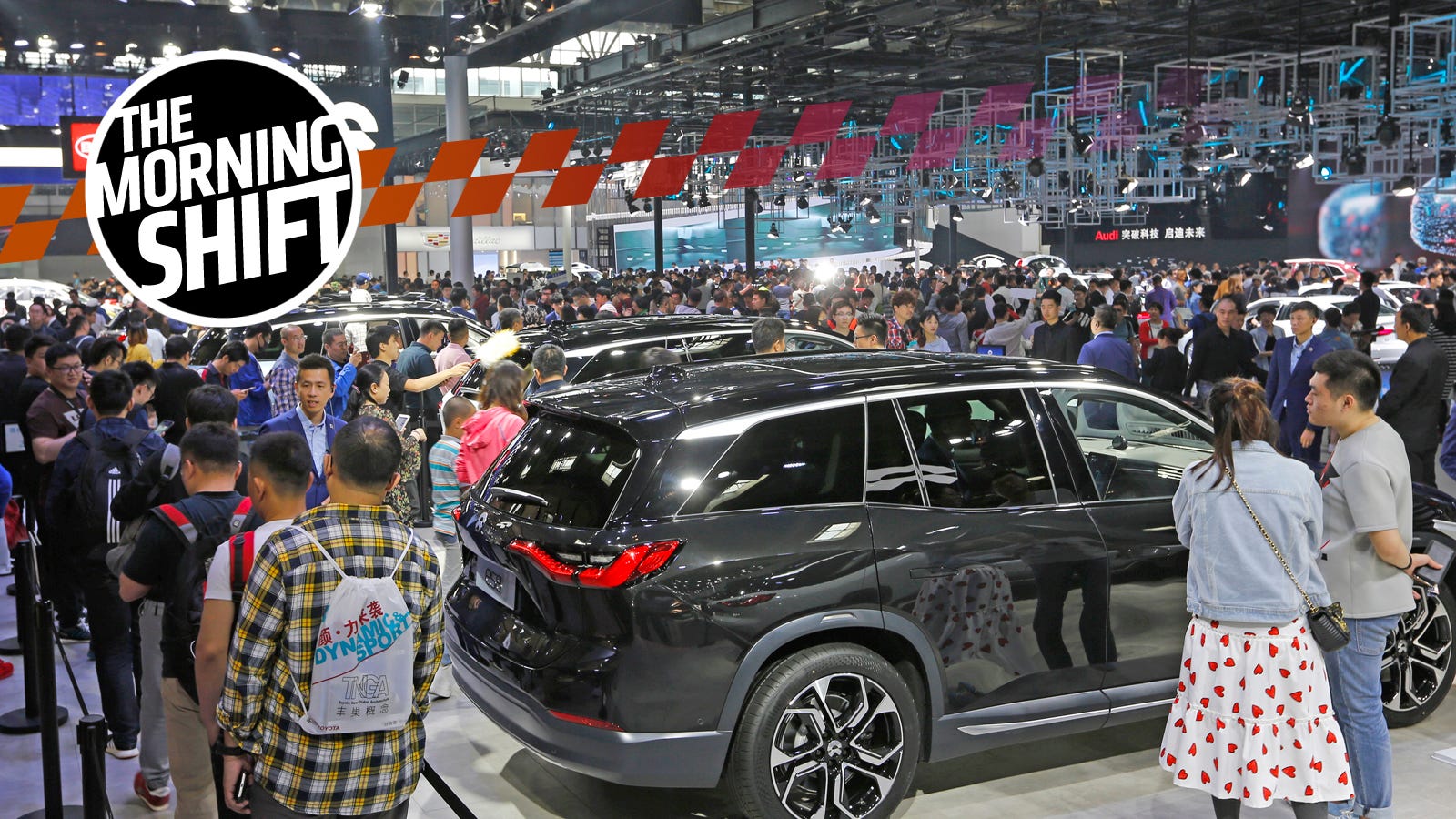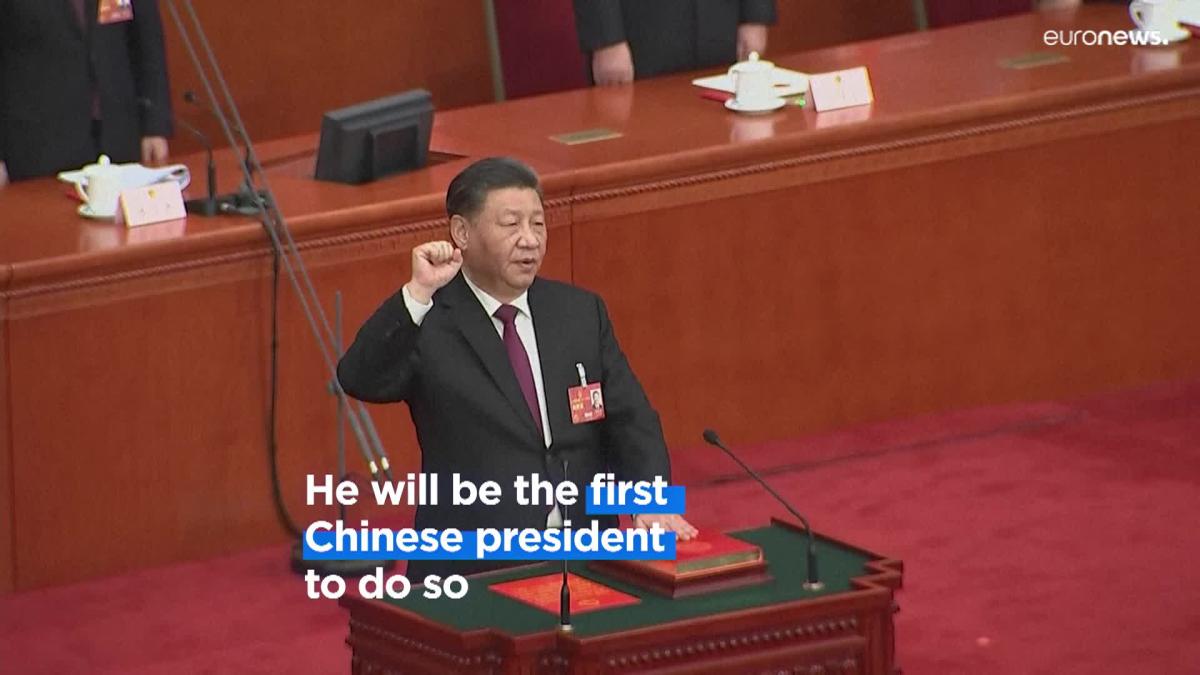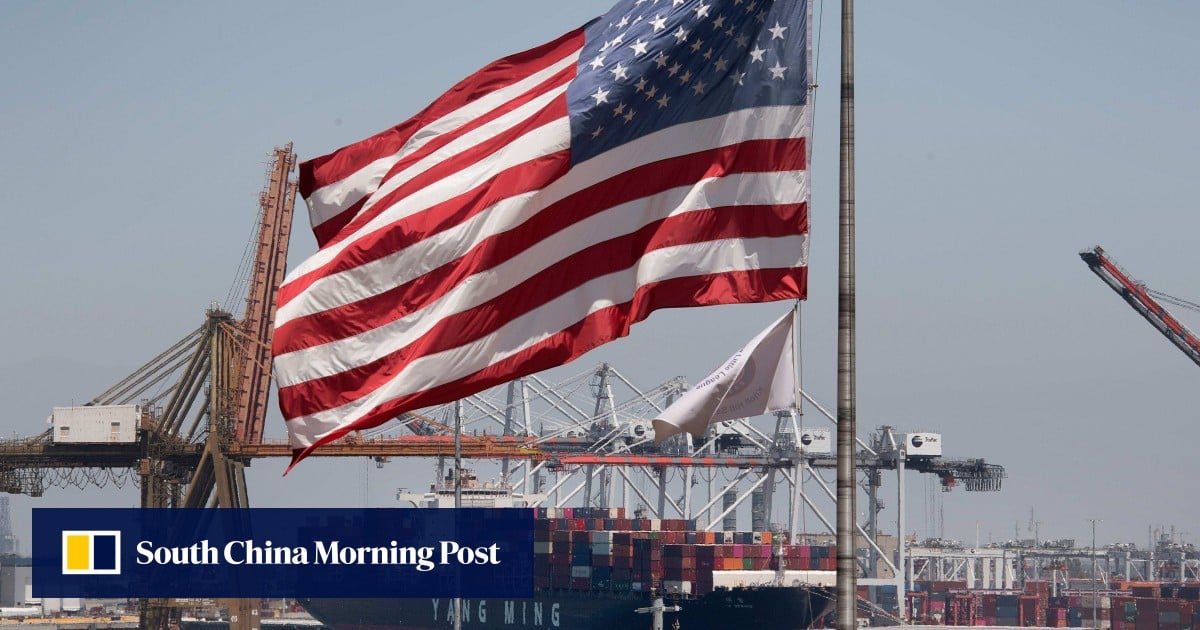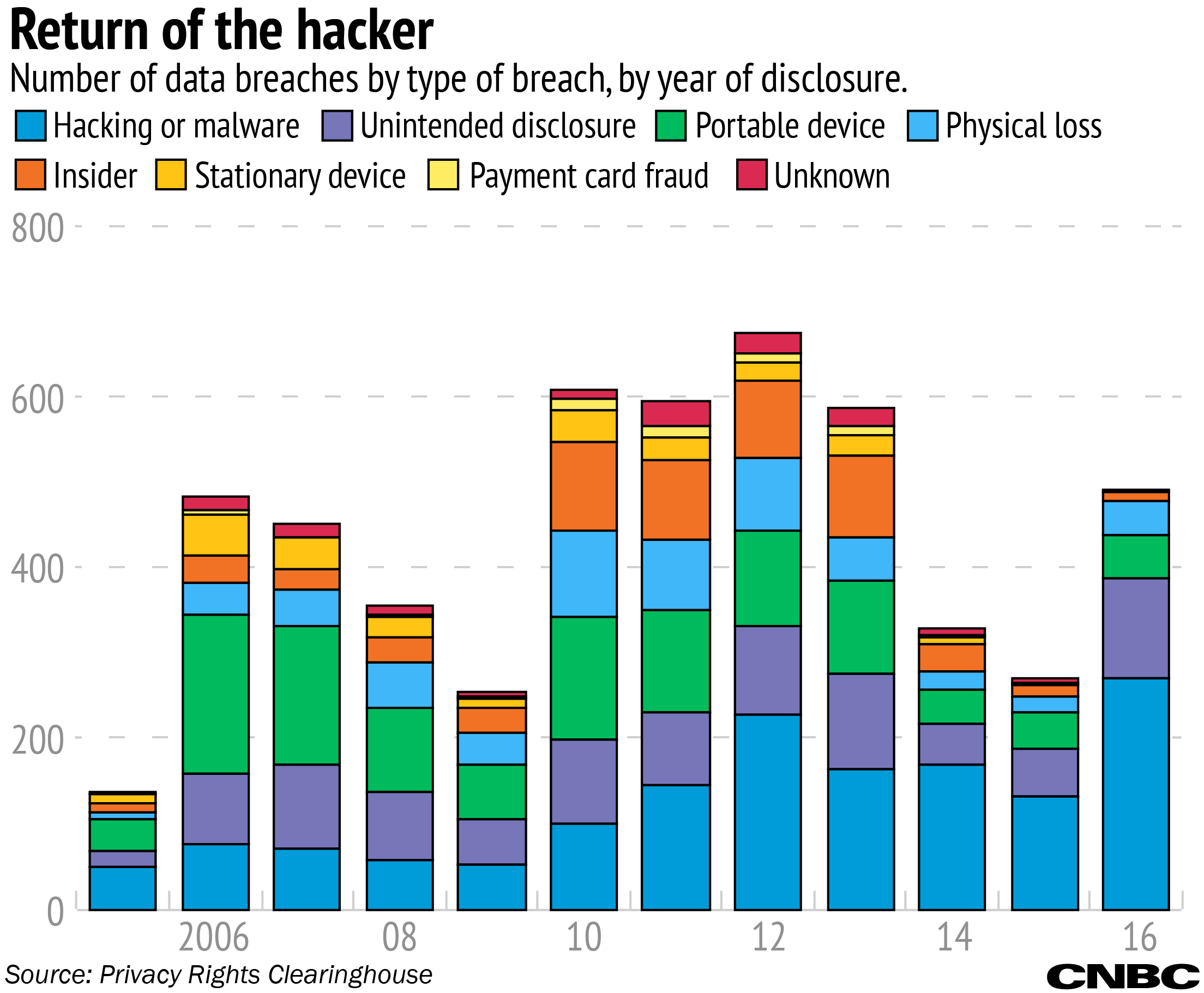China's Auto Market: Why BMW, Porsche, And Others Face Difficulties

Table of Contents
Intense Competition from Domestic Brands
The rise of powerful domestic brands is arguably the most significant challenge facing foreign automakers in China. This challenge manifests in two key areas: the explosive growth of Chinese electric vehicle (EV) manufacturers and the overall improvement in quality and technology of Chinese-made vehicles.
Rise of Chinese EV Manufacturers
The rapid ascendancy of Chinese EV manufacturers such as BYD, NIO, and Xpeng is dramatically reshaping the luxury car sales China market. These companies are leveraging several key advantages:
- Lower Prices: Often offering comparable features at significantly lower price points than established foreign brands.
- Innovative Technology: Many Chinese EV manufacturers are at the forefront of battery technology, autonomous driving features, and connected car services.
- Strong Government Support: The Chinese government heavily supports the development and adoption of EVs through subsidies, tax breaks, and favorable regulations.
- Targeted Marketing: Chinese EV brands are effectively targeting younger, tech-savvy consumers with sophisticated digital marketing campaigns.
For example, BYD's success with its "Blade Battery" technology and its range of affordable yet feature-rich EVs has significantly impacted the market share of traditional luxury car brands in China. NIO's battery swap technology and focus on premium features also pose a significant threat.
Improved Quality and Technology of Domestic Brands
Chinese automakers are no longer perceived solely as producers of budget-friendly vehicles. Significant investments in research and development (R&D), coupled with strategic partnerships with international technology companies, have dramatically improved the quality, technology, and overall brand image of domestically produced cars.
- Investment in R&D: Chinese automakers are investing heavily in developing cutting-edge technologies, including advanced driver-assistance systems (ADAS) and innovative powertrain solutions.
- Partnerships with Foreign Companies: Collaborations with foreign technology providers have accelerated the transfer of expertise and technology, leading to significant advancements in vehicle design and manufacturing.
- Improved Brand Image: Chinese brands are actively working to enhance their brand image and consumer perception through strategic marketing campaigns and a focus on superior quality.
This enhanced quality, coupled with often lower pricing, directly challenges the value proposition of foreign luxury brands in the China auto market.
Shifting Consumer Preferences and Market Trends
Beyond the competitive landscape, foreign automakers are also contending with rapidly shifting consumer preferences and evolving market trends in China.
Growing Demand for EVs and New Energy Vehicles (NEVs)
The Chinese government's aggressive push for electrification is fundamentally reshaping the automotive landscape. Stricter emission regulations and generous government subsidies for electric vehicles (EVs) and New Energy Vehicles (NEVs) are creating a massive surge in demand for these vehicles.
- Government Subsidies: Significant financial incentives are driving consumer adoption of EVs.
- Charging Infrastructure Development: China is aggressively expanding its nationwide EV charging infrastructure.
- Stricter Fuel Efficiency Standards: Regulations are pushing automakers to produce more fuel-efficient vehicles, incentivizing the development and adoption of EVs.
This necessitates significant investments from foreign automakers to adapt their product portfolios and production capabilities to meet the growing demand for EVs in the China auto market.
Evolving Consumer Preferences
Chinese consumers are becoming increasingly sophisticated and demanding, seeking vehicles that offer advanced technology, connectivity, and personalized experiences. Their preferences are driving significant changes in product development and marketing strategies.
- Preference for SUVs and Crossovers: The demand for SUVs and crossovers continues to grow in China, outpacing the demand for sedans.
- Increasing Demand for Connected Car Features: Consumers prioritize advanced infotainment systems, internet connectivity, and over-the-air software updates.
- Focus on Brand Image and Social Status: The choice of vehicle remains a significant status symbol for many Chinese consumers.
Understanding and responding to these evolving preferences is crucial for foreign automakers aiming to succeed in the Chinese market.
Regulatory Hurdles and Market Access
Navigating the regulatory environment and ensuring smooth market access presents additional challenges for foreign automakers in China.
Navigating a Complex Regulatory Environment
The Chinese auto market is subject to a complex and frequently changing regulatory landscape, creating hurdles for foreign companies.
- Stricter Emission Standards: China is implementing increasingly stringent emission standards, forcing automakers to invest in cleaner technologies.
- Safety Regulations: Rigorous safety regulations require significant investment in vehicle safety features and testing.
- Import Tariffs and Quotas: Import duties and quotas can significantly increase the cost of importing vehicles into China.
- Data Localization Requirements: Regulations regarding data storage and processing pose challenges for foreign companies.
Supply Chain Disruptions and Geopolitical Factors
Global supply chain disruptions and escalating geopolitical tensions add further layers of complexity to operating in the Chinese auto market.
- Impact of Trade Wars and Sanctions: Geopolitical tensions can disrupt supply chains and increase uncertainty.
- Chip Shortages: Global semiconductor shortages have impacted the production of vehicles worldwide, including in China.
- Disruptions to Logistics and Transportation: Various factors can cause delays and disruptions in the logistics and transportation of vehicles.
These external factors can significantly impact the profitability and operations of foreign automakers in China.
Conclusion
The Chinese auto market, despite its immense size, is presenting significant challenges for foreign luxury brands like BMW and Porsche. Intense competition from domestic brands, evolving consumer preferences, and a complex regulatory environment are creating substantial headwinds. To thrive in this dynamic market, these companies must proactively adapt their strategies, focusing on significant investments in electric vehicles, advanced technologies, and localization initiatives. A deep understanding of the intricacies of the China auto market and a proactive approach to addressing these difficulties are paramount for long-term success. Ignoring these challenges risks significant market share erosion in this critical and rapidly evolving automotive landscape. Understanding the nuances of the China auto market is not merely beneficial; it's essential for survival and growth.

Featured Posts
-
 What Luigi Mangiones Supporters Really Want You To Know
Apr 28, 2025
What Luigi Mangiones Supporters Really Want You To Know
Apr 28, 2025 -
 Times Trump Interview 9 Key Takeaways On Annexing Canada Xi Jinping And Third Term Loopholes
Apr 28, 2025
Times Trump Interview 9 Key Takeaways On Annexing Canada Xi Jinping And Third Term Loopholes
Apr 28, 2025 -
 Nfl Draft 2024 Shedeur Sanders To Cleveland
Apr 28, 2025
Nfl Draft 2024 Shedeur Sanders To Cleveland
Apr 28, 2025 -
 U S Iran Nuclear Talks Stalemate On Key Issues
Apr 28, 2025
U S Iran Nuclear Talks Stalemate On Key Issues
Apr 28, 2025 -
 Chinas Targeted Tariff Exemptions For Us Products
Apr 28, 2025
Chinas Targeted Tariff Exemptions For Us Products
Apr 28, 2025
Latest Posts
-
 Office365 Data Breach Millions In Losses Criminal Charges Filed
Apr 28, 2025
Office365 Data Breach Millions In Losses Criminal Charges Filed
Apr 28, 2025 -
 Millions Made From Office365 Hacks Inside The Executive Email Breach
Apr 28, 2025
Millions Made From Office365 Hacks Inside The Executive Email Breach
Apr 28, 2025 -
 Investigation Reveals Lingering Toxic Chemicals In Buildings After Ohio Train Derailment
Apr 28, 2025
Investigation Reveals Lingering Toxic Chemicals In Buildings After Ohio Train Derailment
Apr 28, 2025 -
 Long Term Effects Of Ohio Train Derailment Toxic Chemical Residue In Buildings
Apr 28, 2025
Long Term Effects Of Ohio Train Derailment Toxic Chemical Residue In Buildings
Apr 28, 2025 -
 Ohio Train Derailment Persistent Toxic Chemical Contamination In Buildings
Apr 28, 2025
Ohio Train Derailment Persistent Toxic Chemical Contamination In Buildings
Apr 28, 2025
